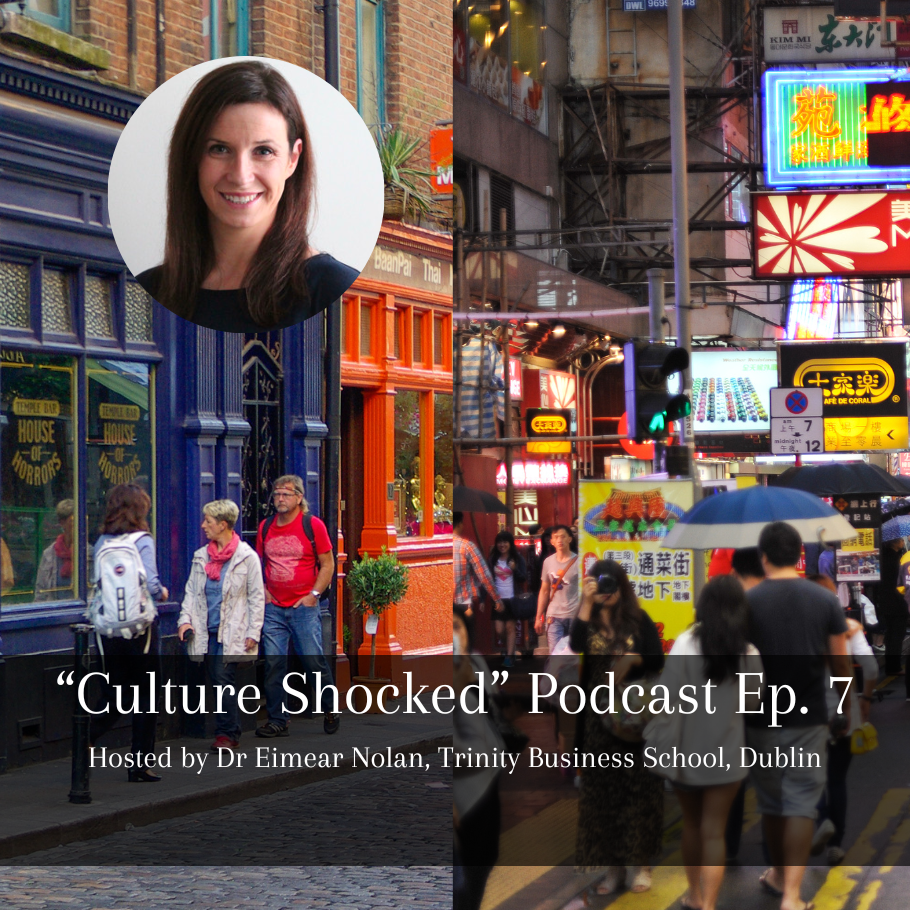FinTech: UK vs Australia Posted at 0:00, Thu, 12 January 2017 in Industry Insights
> “We’re living in a transformational era for financial services. Our children will look back at these past
> Decades and laugh at how we banked” — Bradley Leimer Head of Innovations at Santander.
Having recently moved from the UK to Australia, I have been excited to observe and experience first-hand some of the differences between the UK FinTech ecosystem and that of its Antipodean cousin.
I do not, by any means, pretend to be an expert, but I have had the privilege of working with and alongside some of the most exciting FinTech businesses and individuals across multiple markets. Any observation I am able to draw comes from a place of passion and sincere enthusiasm as well as a helpful dose of experience. So without further ado, let’s compare and contrast.
The UK hit its stride at the perfect time, can Australia catch up?
The UK represented the perfect melting pot for FinTech to explode. For starters, London is a global financial hub filled with a population who have a growing distrust of banks. Paired with being a technology epicentre and an increased confidence in European investment and you have the perfect disruption climate.
In 2013, UK & Ireland’s FinTech sector was at the start of an exponential growth curve, accounting for over half of all European VC Investment, at roughly USD $700 million. The following two years represented enormous growth, and the UK enjoyed the peak in global FinTech investment, which has since subsided through 2016 (KPMG, Pulse of FinTech report). All of this enabled the UK to thrive as a leader in FinTech globally with Funding Circle, a peer-to-peer small business platform, and TransferWise, a money transfer service, emerging as the UK’s first technology Unicorns.
Conversely, Australia has struggled in many of the aspects that have allowed the UK to thrive. Australia’s banks have a strong foothold and are nimbler than their UK counterparts. The investment market is more cautious than it was in 2013, and their global financial presence is not as strong as other hubs around the world. Furthermore, the FinTech ecosystem here is younger. To put the timeframe into context, the Tyro FinTech Hub (Australia’s first FinTech hub) opened in December 2014, and Stone and Chalk, an independent non-profit FinTech hub in Sydney, only opened its doors in August 2015. In comparison to Level 39 (the UK equivalent) who opened in March 2013.
That being said, Australasia is punching well above its weight, and there is a lot of promise here. Companies like Prospa (recently secured a $60million Series B), AfterPay (listed on the ASX), Tyro (Australia’s newest bank) and Xero (New Zealand’s technology darling) were all listed in KPMG’s FinTech 100 in 2016.
Australia’s banks hold all the cards
“The Big Four” banks in Australia are some of the most profitable globally, representing 2.9% of the country’s GDP, more than any other in the world. They hold a 90% market share and vitally, they maintained profitability during the GFC. Furthermore, their combination of retail focus and being technologically forward thinking has meant they continue to provide a largely positive (or at least progressive) consumer experience. All of this combined means they have an extremely strong grip on the customer.
This was a really stunning difference for me having come from the UK, where the banks suffered enormously during the GFC losing billions of pounds of consumers’ money. Unsurprisingly, the rhetoric around banks in the UK is sincerely negative. As a result, it is easier for new entrants in the UK market to attract customers, as there is already an interest to disassociate from the banks where possible. This also in a sector where the cost of acquisition is extremely high and the emotional commitment you are asking customers to make is more than a typical transaction.
Conversely, FinTech businesses in Australia face a less interested consumer, significantly more dominant and more technologically advanced banks, and a regulatory environment that is more stringent. At the launch of Tyro’s bank, which I had the privilege of attending, Atlassian’s Mike Cannon-Brookes commented on the current climate amongst Australia’s FinTech. Quoting Jeff Bezos, Cannon-Brooks said “Your margin is my opportunity”, showing great confidence in the FinTech space down under. He is absolutely right; the profitability of banks in Australia represent an opportunity for new entrants who can identify very specific profit margins for the banks and attack those particular lines. We have already seen this across lending, broking, and credit cards and below I have outlined some exciting areas to watch.
Regulation should focus around innovation
Since 2010, the UK has had a superb regulatory environment for new financial services, one that has proactively encouraged innovation and disruption, allowing new sectors to emerge. As such we have seen the rise of peer-to-peer lending (including P2B), P2P FX, equity, crowdfunding, digital banks, social stock trading and robo-advising. While the regulation is more stringent now, it has been more malleable, allowing the sector to thrive.
Australia still has some catching up to do here. Ultimately the success of the big banks through the GFC did not force the hand of the government as it did in the UK, which pushed diversification of the banking sector. The barrier for entry for new financial services companies in Australia is extremely high (in comparison to the UK in 2013). A great example of this is the P2P sector, which at its height, had more than 35 companies competing in the same space. Conversely in Australia, I currently count 8.
That all being said, we have seen some great progress, with the creation of a regulatory sandbox for financial services entrants to allow better testing without the need for regulatory approval. A great step in lowering that barrier to entry.
Areas to watch
Ultimately, I feel that Australia is a bit behind the UK in regards to FinTech. While the UK was an early adopter, Australia seems to be reactionary. Having said this, Australia is producing some really exciting businesses.
Focusing further on Jeff Bezos’s “your margin is my opportunity”, I believe there are several sectors where companies are already making phenomenal ground that will have a significant impact on both the Australian and global FinTech sector:
Buy Now Pay Later
Sitting in the perfect melting pot of extremely high profit margins from bank credit cards, and a rise in Australian eCommerce, the potential for this sector is enormous. Only a few businesses have managed to get this right globally (namely Klarna in Sweden), but both AfterPay and ZipMoney have listed on the ASX and look really promising.
Loan Broking
Many businesses in Australia are making an extremely strong play to disrupt mortgage broking, notably Uno Home Loans and LoanDolphin, which have seen great success so far. I imagine the next step will be for these businesses to lend directly off their own book, but we will have to wait and see.
SME lending
Like most countries around the world, banks are not good at servicing this sector of economy, typically a difficult sector to give financial advice too and not deemed profitable enough. Enter Xero and Tyro, who have made a big play for this sector, giving them access to money through the new banking license Tyro acquired in 2016. In addition to this, invoice financing businesses such as Invoice2Go and P2SME lending companies such as ThinCats have also had a strong 12 months.
It’s been a phenomenal few years for what is still a very young FinTech sector. There are some really exciting battlegrounds in FinTech in Australia, and still plenty of opportunities for new entrants. I look forward to doing everything I can to support these businesses in making FinTech in Australia a huge success.
Mathew Parker recently made the journey from the UK to Australia, where he works to drive MitchelLake’s already great work in the growing FinTech ecosystem. If you can’t already tell, he’s a FinTech fan boy, and has busied himself in the sector by producing events, pitching ideas, and winning Australia’s first FinTech Start-up weekend at Stone and Chalk. If you want to chat FinTech, or anything else that is interesting you in 2017, get in touch now.



